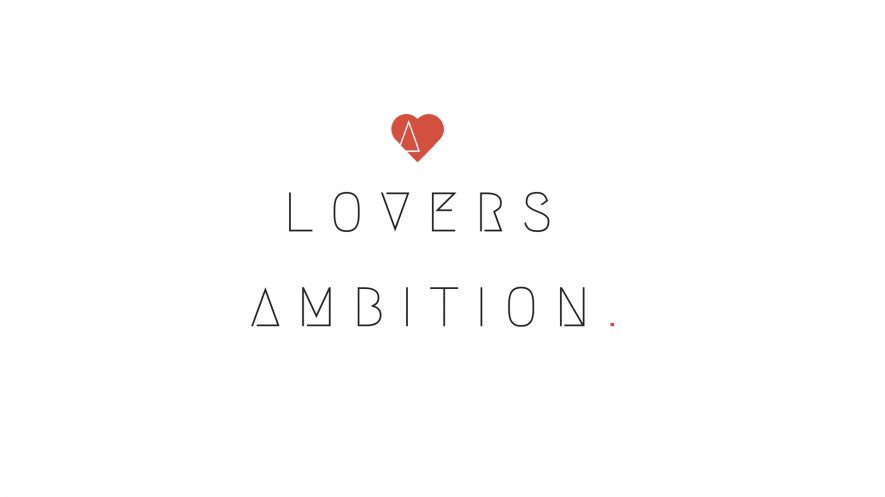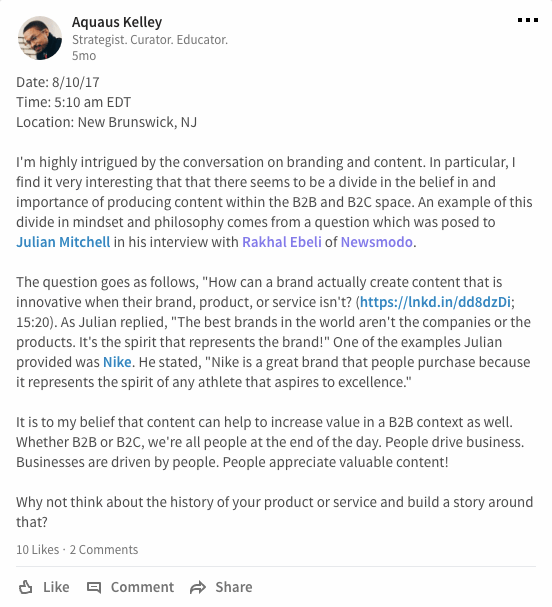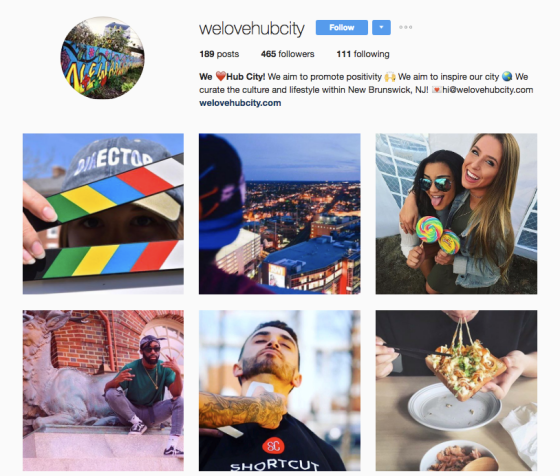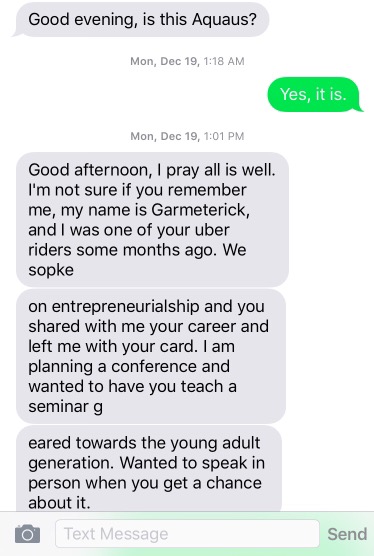On Sunday October 31, 2016 at around 1:15 am, I happened to make an (un)routine stop to pick up a late night/early morning snack at my local 7-Eleven. As I conducted my routine analysis of product labels, I was surprised to notice a “Produced with Genetic Engineering” label that appeared on the back of a carton of “Zesty Salsa” Pringles. In an effort to make sure that I was indeed seeing things correctly, I was then compelled to check the back of a nearby package of Cheez-It crackers. Low and behold, the same exact label was there again, “Produced with Genetic Engineering.” I began to notice a pattern. More importantly, I drew an instant connection to my observation of what our children are consuming on a daily basis in our schools, especially within our inner-city communities.
What Have I Observed?
I am currently an educator who works in the public school system. In my five years working for various school districts, I have payed particularly close attention to the food being served to our student population of young children and adolescents.
Here in the State of New Jersey, we have a “School Breakfast Program.” According to the State of New Jersey Department of Agriculture, “This program is aimed at providing a nutritious and well-balanced breakfast in order to promote sound eating habits and foster good health and academic achievement in school age children.” Although I am quite thankful for an initiative aimed at providing food to our children who are most in need, I am also quite concerned about the companies who provide this food. Many of these companies such as Kellogg and General Mills own brands including Cheerios, Froot Loops, Frosted Flakes, and Rice Krispies. Although these brands only represent a small portion of the Kellogg and General Mills portfolio, they certainly represent a much larger portion of the food being served to our children in schools for breakfast across the country.
For many reasons, I never agreed with the consumption of the ingredients in certain foods and snacks in our schools (ex: high-fructose corn syrup in ketchup). However, until now…it was never quite “apparent” that the food being offered to our children would blatantly contain ingredients produced with Genetic Engineering.
G.M.O. Labeling
After conducting some additional research, I have come to learn that on July 29, 2016, President Barack Obama signed a G.M.O. labeling bill (S. 764). “This bill directs the Secretary of Agriculture to establish a national mandatory bioengineered food disclosure standard” as mentioned by Jeff Gelski of Food Business News. Mark Bittman of The New York Times also disclosed that, “The new law mandates that the Department of Agriculture define what constitutes a genetically modified food ingredient and then requires food manufacturers to label products that contain them.”
At this point in time, there still seems to be a lot of controversy and disappointment behind the underlining elements of this bill for a number of reasons according to Carey Wedler of theantimedia.org.
Here are a few:
- Food companies are not necessarily required to label genetically modified products in “text” form.
- Food derived from an animal is not to be considered bioengineered.
- Eggs will also not be subject to GM labels.
Okay, although there may be quite a bit of controversy and disappointment, I personally believe that the G.M.O. labeling bill is indeed a step forward. Can it be improved? Yes. Can the language be more clear and concise? Yes. However, what are some actions we can take as citizens, communities, and consumers to become more informed and enlightened in regards to what we decide to put on our plates?
How Can We Avoid G.M.O.’s?
1. Pay Attention
As consumers, we are often driven by habit. We subscribe to and support “legacy” brands such as Cheerios, Froot Loops, M&M’s, and Pop-Tarts on a daily basis without question. For much of our lives, we express no concern about the ingredients these products may often contain. It is second nature for us to load our shopping carts with these items because we are so conditioned within our cultural and dietary traditions to do so. I truly believe that now is the time to begin paying very close attention to everything that we decide to put into our bodies in an effort to discover better solutions and sustainable options.
2. Research
I come across many “eco-friendly” and “sustainable” food, health, and household products on a regular basis. Every time I peruse through the aisles of stores such as Wegmans, Whole Foods, and Trader Joe’s, I stumble upon something new. Surprisingly, some of these products have actually been around for longer than we may think. For example, my family has been using Dr. Bronner’s since I was a very young child. This dates back to when Dr. Bronner’s was primarily sold at local neighborhood health food stores. Funny enough, I happened to catch Dr. Bronner’s being stocked at Food Town just the other day. A lot has changed in 25 years.
3. Support
Once we come across items that we deem to be suitable and sustainable for our health and wellness needs, it’s important that we begin to support companies with our pockets (until proven otherwise). Yes, healthier options are often more costly, but…”What is the cost of our health?” Why shouldn’t our grocery store aisles stock more of the food that is actually healthy for us? Why shouldn’t we deserve to live longer?
In closing, “What can we do as a community to protect the health and well-being of our children? More importantly, what can we do to provide healthy and sustainable food for those who live in our communities of much needed assistance?”
_________________________
(Uh • Kway • Us) Aquaus Kelley is a forward-thinking Brand Strategist, Cultural Curator, and Educator. As the Founder of A Lovers Ambition Lifestyle Group, he specializes in identifying talent and creating opportunities for brand development, exposure, and growth. Aquaus has worked with companies and organizations such as Cornerstone Agency, City Year Miami, Universal Music Group, and W Hotels. He is extremely passionate about helping companies adapt to culture and building value between brands and their consumers centered around love. His ultimate mission is to use his influence to project positivity across the globe and invest in the collective future of society through the arts, education, entertainment, and leadership.





















